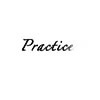 Five Styles
Five Styles
Basically, there are five major writing styles in Chinese calligraphy. It makes characters more diverse. Can you believe characters in the following picture are actually one single word? After you read each style's features, can you tell which one is the Hsin style of writing?
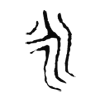
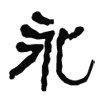
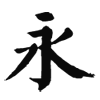
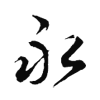
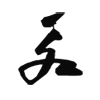
Zhuan shu
Zhuan shu is the official script in the Qin Dynasty, and it is the oldest of the five styles. Zhuan shu characters looks solid and stable. It is known as the “seal style” because the characters are tall and symmetrical. Curve strokes are very smooth. Since its shape and look are so different from modern Chinese characters, Zhuan shu is not used quite often outside the field of calligraphy. Unless, you learn it, you can’t read it.
Li shu
Developed from the seal style, Li shu is known as the “clerical style.” The most significant feature of Li shu is its flat appearance, which is wider than other styles. The most noticeable feature of Li shu is the use of horizontal strokes. The strokes look like waves or the wagging tails of wild goose, so calligraphers call them “Goose Tail” strokes.
Kai shu
This standard style of writing. It is the most easily and widely recognized style. Each stroke is clear and separated. The speed and strength for writing each stroke should be equal in order balance each character. For beginners, Kai shu is good way to practice and build a solid foundation for other styles of writing.
Hsin shu
The character of this style looks smoother and more connective compared to Kai shu. The lines in Good Hsin shu works have a consistent, energetic flow. If the work doesn’t flow, it just looks choppy. Good Hsin shu requires a great deal of time and practice.
Tsao shu
This is the cursive style of writing. Tsao shu calligraphers simplify the left side of each character and give more space and emphasis to the right side. If Hsin shu is “walking style”, then Tsao shu is “running style.” Tsau shu calligraphers write quickly and use many abrupt brush turns and dramatic strokes. This style of characters looks more like abstract painting than writing.
 Eight Basic Strokes
Eight Basic Strokes
Although there are about fifty thousand Chinese characters in total, only six to seven thousand are commonly used . Basically, you can write all of the most common Chinese characters with simply eight basic strokes as shown in the picture. In general, all strokes are painted from top to bottom and left to right.
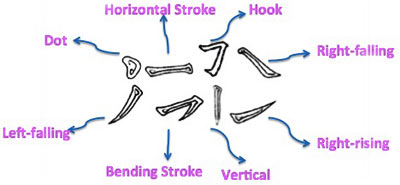
 Techniques
Techniques
The beauty of each character depends on how you begin and end each stroke. When you write words, you shouldn’t use the same strength all the time. Begin by lifting the brush up and pressing it down onto the paper. When you end one stroke, press a little harder and then lift up with a U-turn of your brush. The whole writing process involves repeated lifting and pressing to make the characters pretty.



